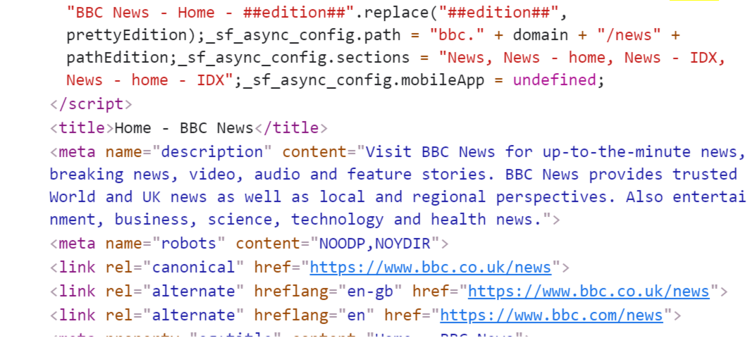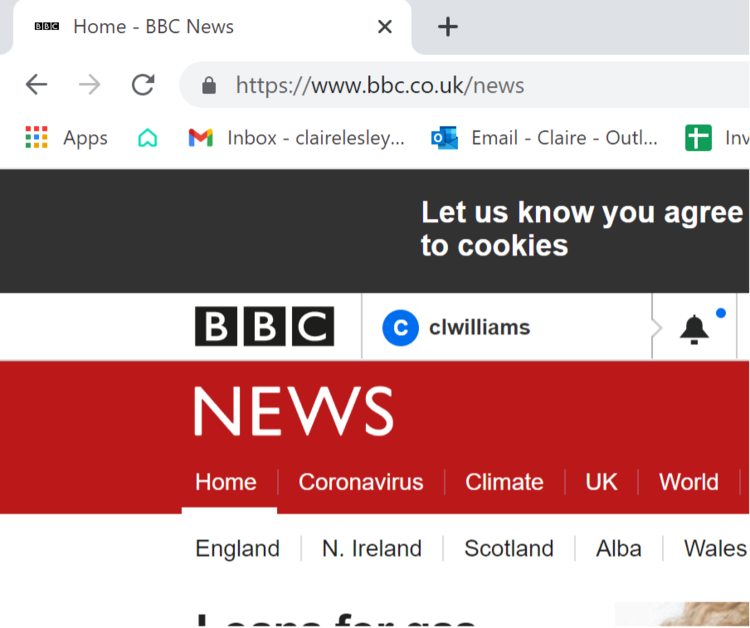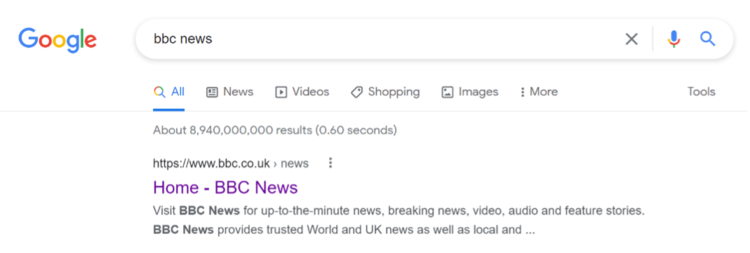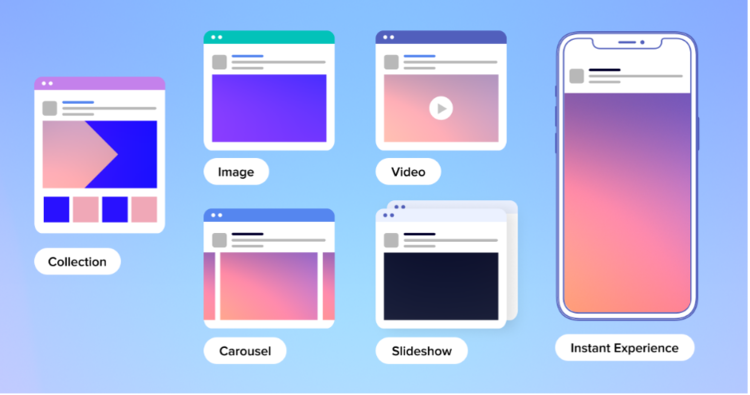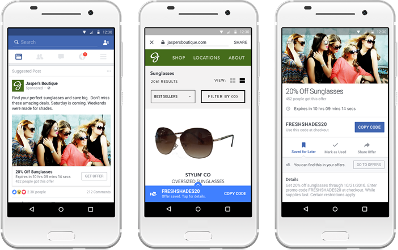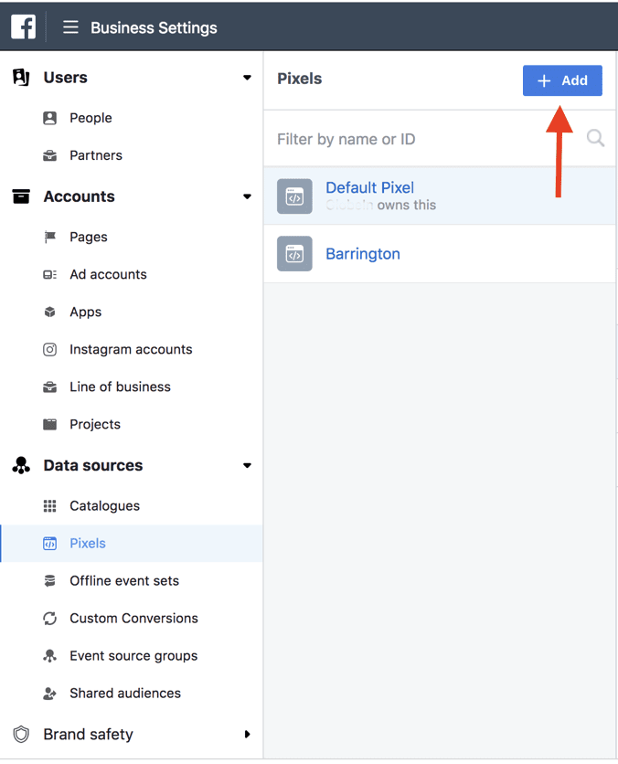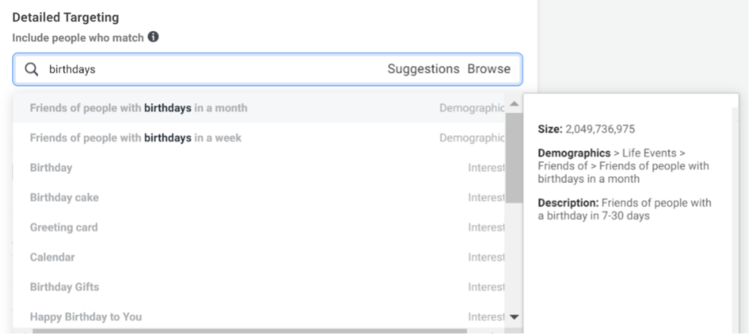As a strategic marketing consultancy one of the most common challenges that we are presented with is how businesses can begin to market themselves. The leaders of these companies will tell us that the other elements of their business are defined: they have product, place, pricing and so on. They have a business plan. What they are missing is a marketing function and they need help starting from the ground up.
We help our clients to figure this out by using a three-stage format that considers:
1. Company aims
2. Marketing skills required to meet these aims
3. Roles that can provide these skills
Read on to find out how you can apply this 3-stage format to build your company’s marketing structure.
1. Company Aims
Our first question is this: what are you trying to achieve?
It may sound like a straightforward question but many of the SMEs that we work with have trouble finding a conclusive answer. Naturally, as a business you will want to grow and turn a profit, but how do you sum that up in a way that ties in your unique requirements?
We believe that every business should be able to come up with one sentence that defines clearly, specifically and succinctly the aims of their business.
This could look like:
· We want to be a household name that sells ranges in at least 2 major supermarkets by the end of this year.
· We want to digitise our retail offering with the result that 30% of our sales come from our website, enabling a reduction in cost-per-sale of at least 15% in the first year.
· We want to replicate the success we’ve seen in our native country here in the UK through the establishment of a strong brand presence.
2. Identify the marketing skills that will meet your company’s aims
Once you are clear on what it is you want your business to achieve, you can begin the work of identifying the skills that will form the foundation of your marketing function. Your stated aims will help you to identify the specific skills that are required to meet your objectives.
Below are some marketing skills that you may be looking for.
· Analytics
· Web and user experience (UX)
· Content planning and creation
· Social media and community management
· Paid search and advertising
· Agency management
· Web development and coding
· Copywriting
· Design and visual branding
3. Scope out the roles that will bring these skills
If you’re not familiar with marketing, identifying marketing skills and matching them up to roles is no mean feat. We often help our clients to scope out a team structure that will help them to meet the aims and objectives they have shared with us (you can see more details on this in a previous blog [link back to my first blog]. As a starter for ten, we’ve included some typical marketing roles and their associated skills below. If you would like a tailored structure for your business, get in touch today.
Typical marketing roles
Website and Conversion Rate Optimisation (CRO) Manager
This person will deliver a functional, user-friendly website and project manage a website development roadmap that is linked to a specific conversion rate uplift.
Core skills
· Web and user experience (UX)
· Conversion rate optimisation (CRO)
· Website management, including use of Content Management Systems (CMS)
Web Designer
This role delivers a fantastic looking website that presents your brand as it should be presented. They may use a template like Shopify but will adapt it to make it look unique.
Core skills
· Web design
· Web experience
Web Developer
A developer will deliver the technical fixes and capabilities required by the website development roadmap.
Core skills
· Coding
· Identification and resolution of website errors
· Website functionality
Digital Marketing Manager
This role will deliver a marketing strategy, based on budgets and backed up by weekly and monthly reports. They will have ownership of digital marketing activities across different channels, either managing agency or in-house expertise for the likes of SEO and PPC.
Core skills
· Budget management
· Omni-channel marketing
· Agency management
Social Media & Copywriting Manager
This person will deliver a social content calendar that interweaves other content channels and supports wider company objectives. They will manage the community, responding appropriately to comments, increasing engagement and expanding brand awareness.
Core skills
· Social media management
· Community management
· Copywriting and comms
Customer Relationship Management (CRM) Manager
This person delivers the email marketing strategy, stratified by customer groups and aligned with the wider marketing calendar. They will be key to building and maintaining client relationships.
Core skills
· Automation programme building
· Customer loyalty and retention schemes
· Campaign planning
Brand Creative Manager
This person will own the brand, ensuring consistency and effective execution. They will deliver design toolkits and brand guidelines to internal and external stakeholders.
Core skills
· Brand management
· Design execution
· Stakeholder management
This list is by no means extensive, but it should give you a solid start. Follow the three stages outlined above (and again below) and you’ll have the beginning of a marketing structure.
3 stages to start establishing a marketing function:
1. Outline company aims
2. Identify required marketing skills
3. Scope out the roles needed to bring these skills
To find out more about how we could help you, head to our How we Work page or contact us today.
